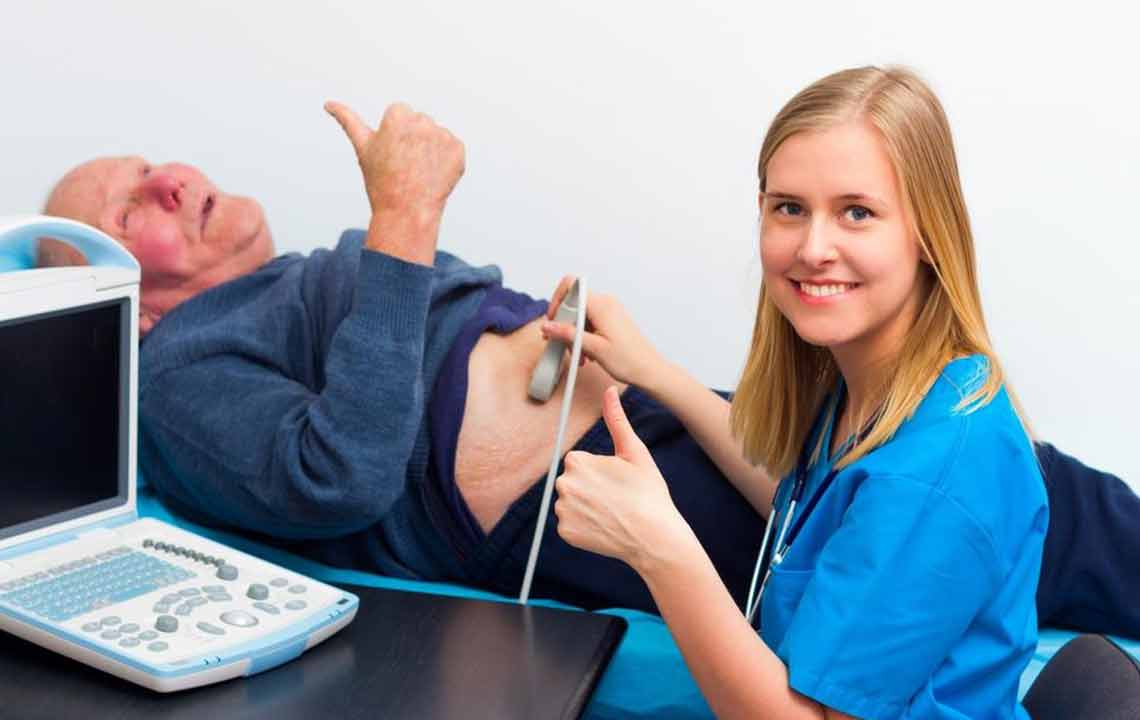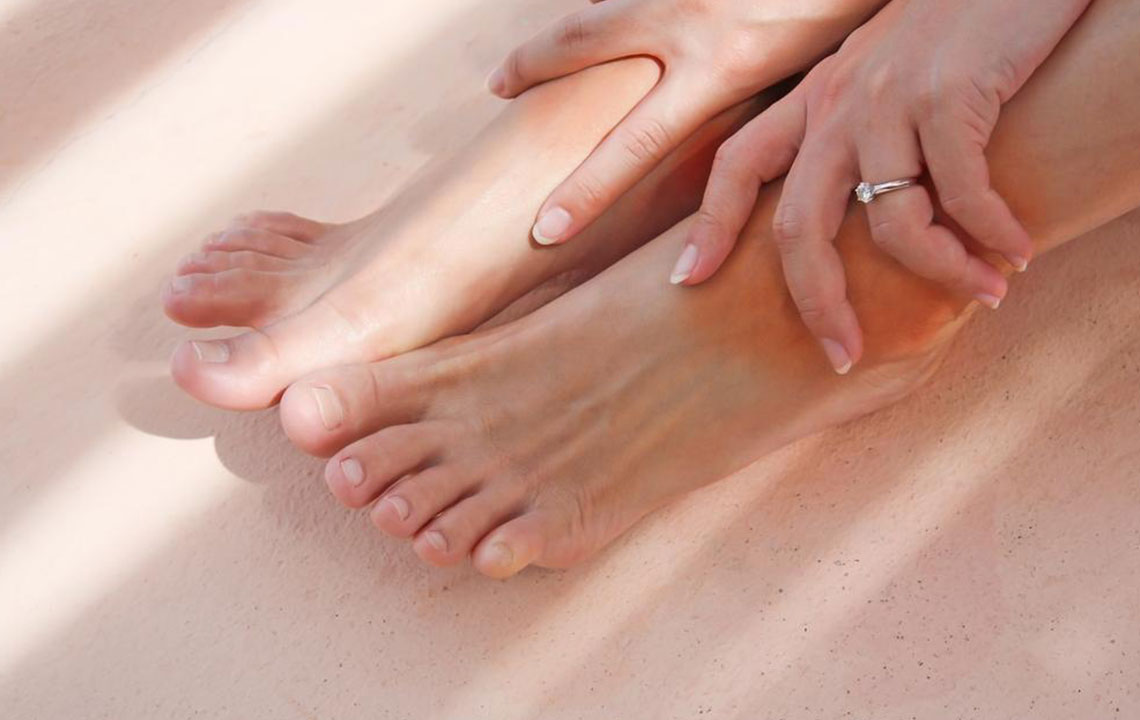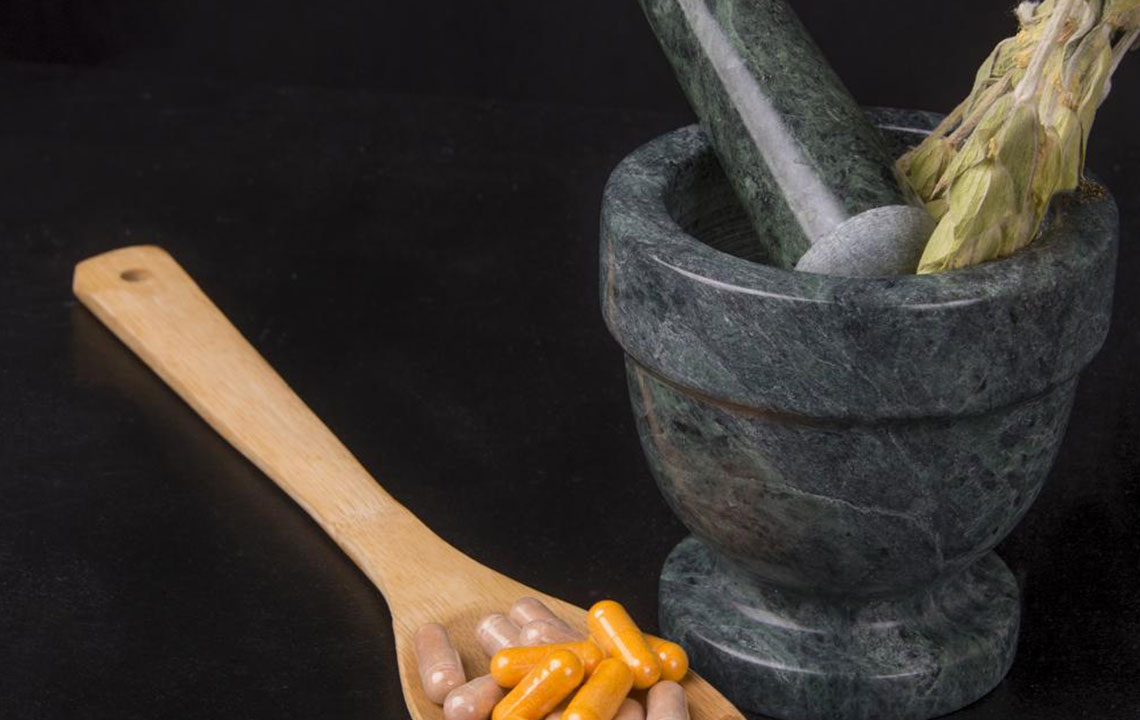Essential Insights into Hernia and Effective Relief Strategies
This article provides a comprehensive overview of hernia types, symptoms, and temporary relief methods such as cold therapy, medications, and supportive devices. It emphasizes the importance of medical diagnosis and treatment, including surgical options. Practical tips for preventing hernia worsening and when to seek medical attention are also discussed. Aimed at educating readers about hernia management, the content encourages professional consultation for effective, long-term solutions.

Understanding Hernia and Methods to Alleviate Pain
A hernia occurs when tissue or an organ pushes through a weakened spot in the surrounding muscle. Often caused by muscle weakness or openings combined with increased internal pressure, common types include inguinal, umbilical, and hiatal hernias. Treatment focuses on repositioning the tissue and closing the defect to prevent further issues.
Factors Leading to Hernia:
Lifting heavy loads improperly
Chronic coughing and sneezing
Constipation and diarrhea
Hernias vary based on the affected organ or area. Proper diagnosis is essential for targeted treatment options.
Hernia pain relief methods differ depending on the hernia type. However, self-diagnosis can be challenging, so consulting a healthcare professional is recommended.
Hernia Types:
Inguinal Hernia: When intestines or bladder protrude into the inguinal canal in the groin.
Incisional Hernia: Herniation at the site of previous abdominal surgery.
Femoral Hernia: When intestines extend through the femoral canal near the upper thigh.
Umbilical Hernia: Small intestine pushes near the navel.
Hiatal Hernia: The upper stomach protrudes through the diaphragm into the chest cavity.
Hernias occur when parts of the stomach or intestine push through the diaphragm or abdominal wall. Treatment is crucial to prevent complications.
Relief Options for Hernia Pain:
Many remedies provide temporary relief for discomfort, but they do not cure the underlying issue. Always seek medical advice for diagnosis and definitive treatment.
Using Cold Therapy:
Applying an ice pack to the hernia site can reduce inflammation and ease pain.
Limit application to 10-15 minutes, wrapped in a cloth to protect the skin.
Use this method once or twice daily with medical approval.
Never place ice directly on the skin.
Medications for Hernia Discomfort:
Over-the-counter pain relievers like Ibuprofen or Acetaminophen help manage moderate pain.
Antacids such as Tums or Maalox can provide quick relief for hiatal hernias.
Prescription medications like proton pump inhibitors may be prescribed for persistent acid reflux.
Always follow medication instructions and consult a doctor if symptoms persist beyond a week.
Untreated reflux can harm the esophagus, requiring medical intervention.
Support Devices:
Supports like hernia trusses or belts can stabilize inguinal hernias temporarily.
They should only be worn under medical guidance, as improper use can worsen the condition.
Alternative Therapies:
Acupuncture may offer pain relief by stimulating energy points, but must be performed by qualified practitioners.
Remember, these methods are supplementary; surgery remains the definitive treatment for hernia repair.
Official Treatment:
Hernia solutions involve medical procedures to repair the defect and reposition organs. Pain relief methods are temporary measures until surgical intervention can be performed.
Prevention Tips:
While muscle weakness cannot be prevented, certain practices can reduce strain:
Quit smoking
Maintain a healthy weight
Avoid straining during bowel movements or urination
Lift heavy objects with proper posture









